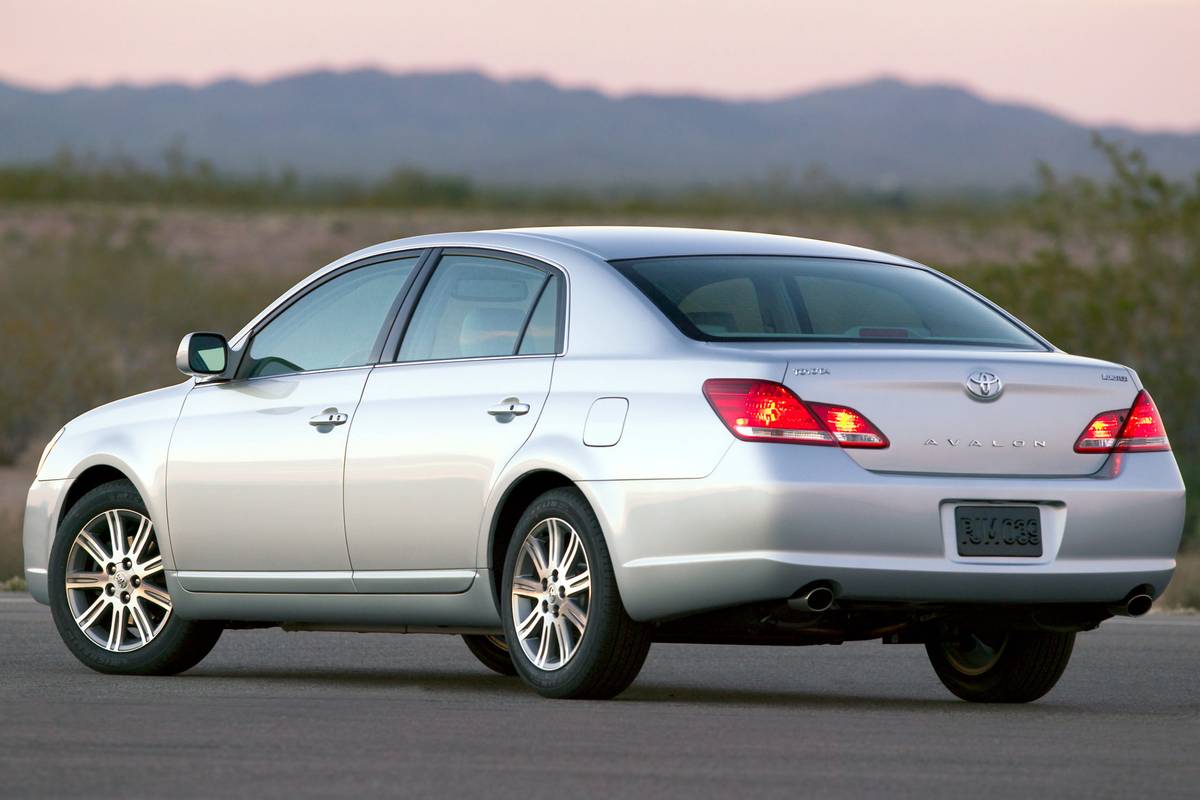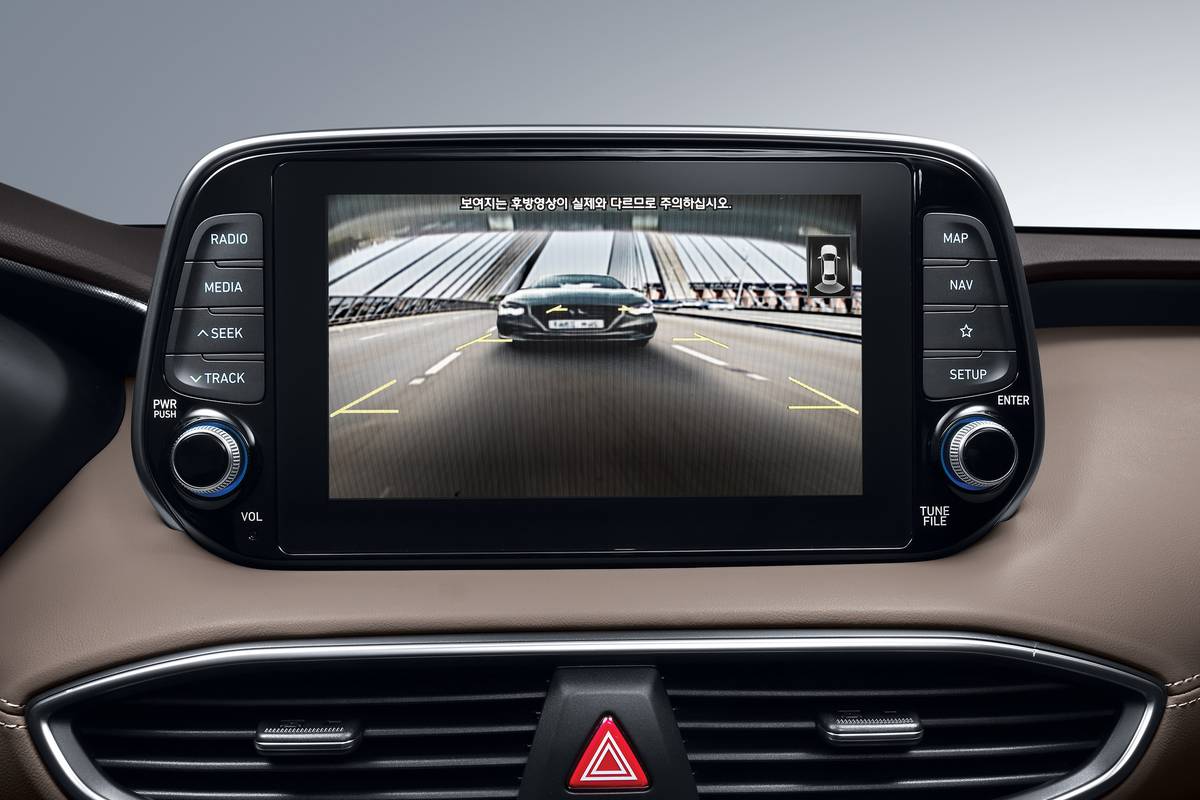Older Vehicles Increase Fatal Crash Risk for Seniors, Says IIHS


If 40 is the new 25, does that mean 75 is the new 40? When it comes to safety behind the wheel, the answer is yes and no. Promising statistics from the Insurance Institute for Highway Safety have shown seniors are staying behind the wheel longer and are involved in fewer crashes than in previous decades. However, the risk of fatality in the event of a serious accident is significantly higher for seniors, and as two new IIHS studies show, their tendency to drive older, outdated vehicles is exacerbating the problem.
Related: The Best Cars for Senior Drivers
Contrary to popular belief, a recent IIHS study shows seniors are actually involved in fewer crashes than drivers half their age. It’s not all good news, however: Drivers 75 years or older are four times as likely to die from a side-impact crash and three times as likely to die in a frontal crash as middle-aged drivers. The agency also found that seniors favored the “tried and true” over the “new-car smell,” which further increases the risk of a fatal crash. One of the studies showed drivers over 70 were significantly more likely to drive vehicles that were 16 or more years old than drivers aged 35-54.
Not only do older drivers forgo advanced driver-assist technology found in modern vehicles, but they also skip basic safety features such as electronic stability control and head-protecting side airbags. Features like blind spot monitoring, forward collision warning and automatic emergency braking were also less likely to be found on the checklist of older drivers.
IIHS reported that roughly 25% of seniors said automatic emergency braking was a requirement in a car purchase, compared with 40% of middle-aged drivers. But dismissing that or any of the above features can have serious repercussions: Vehicles without electronic stability control, for instance, were linked to a 37% higher probability of senior driver fatalities; lacking head-protecting side airbags doubled the odds of death for an older driver.
In addition to a vehicle’s age, its size also impacts safety. Seniors are more likely to drive smaller vehicles that can expose them to greater forces in a crash, compared to larger and heavier SUVs and pickup trucks.
The antidote to the increased fatality risk for older drivers is a newer vehicle and the safety benefits that come with it. IIHS found that the risk of deadly crashes can be reduced by 3% for drivers over 70, and 5% for those over 80 if vehicle safety was consistent with that of drivers 35-54 years old. The agency said that seemingly small percentage equates to 90 lives saved annually.
Features to Look For

When choosing a safer new vehicle, seniors can start with the IIHS Top Safety awards that rate vehicles based on crash-test results, headlight quality and crash prevention technology. The list can be narrowed down further by choosing a vehicle with key safety technology like blind spot monitoring, backup cameras and lane-keeping assist.
In addition to safety, senior-friendly comfort and convenience features can make driving easier. The following were compiled by Cars.com editors:
- Automatic transmission
- Good visibility
- Easy to get into, out of (i.e., low step-in height but elevated seating position, wide-opening doors, easy-to-use cargo area)
- User-friendly multimedia system with large buttons, knob controls
- Easy-to-read instrument and system control displays
- Quiet cabin
- Comfortable ride to combat driver fatigue
- Power adjustable seats/pedals/steering with memory settings
The Affordability Factor
IIHS acknowledges that the rising cost of new vehicles can be a roadblock for seniors.“One big challenge is that, for those on a fixed income, cost often overrides other concerns” said Jessica Cicchino, IIHS vice president of research, in a statement. The solution can come in the form of a newer used vehicle that comes with important safety features but offers a more affordable price tag. Another alternative is to lease a new vehicle instead of buying for lower upfront costs and monthly payments as well as a shorter time commitment.
More From Cars.com:
- Car-Buying Tips for Senior Drivers
- Seniors Fail to Use Devices That Prolong Driving Years
- 10 Helpful Safety Features for Mature Drivers
- My Car Does What? Safety Tech Explained
- More Safety News
Related Video:
Cars.com’s Editorial department is your source for automotive news and reviews. In line with Cars.com’s long-standing ethics policy, editors and reviewers don’t accept gifts or free trips from automakers. The Editorial department is independent of Cars.com’s advertising, sales and sponsored content departments.

Former News Editor Jane Ulitskaya joined the Cars.com team in 2021, and her areas of focus included researching and reporting on vehicle pricing, inventory and auto finance trends.
Featured stories

15-Year Car Loans Aren’t a Thing, But Americans Are Getting More Comfortable With Long Loan Terms

2025 Kia Telluride Review: Rougher Roads Ahead



